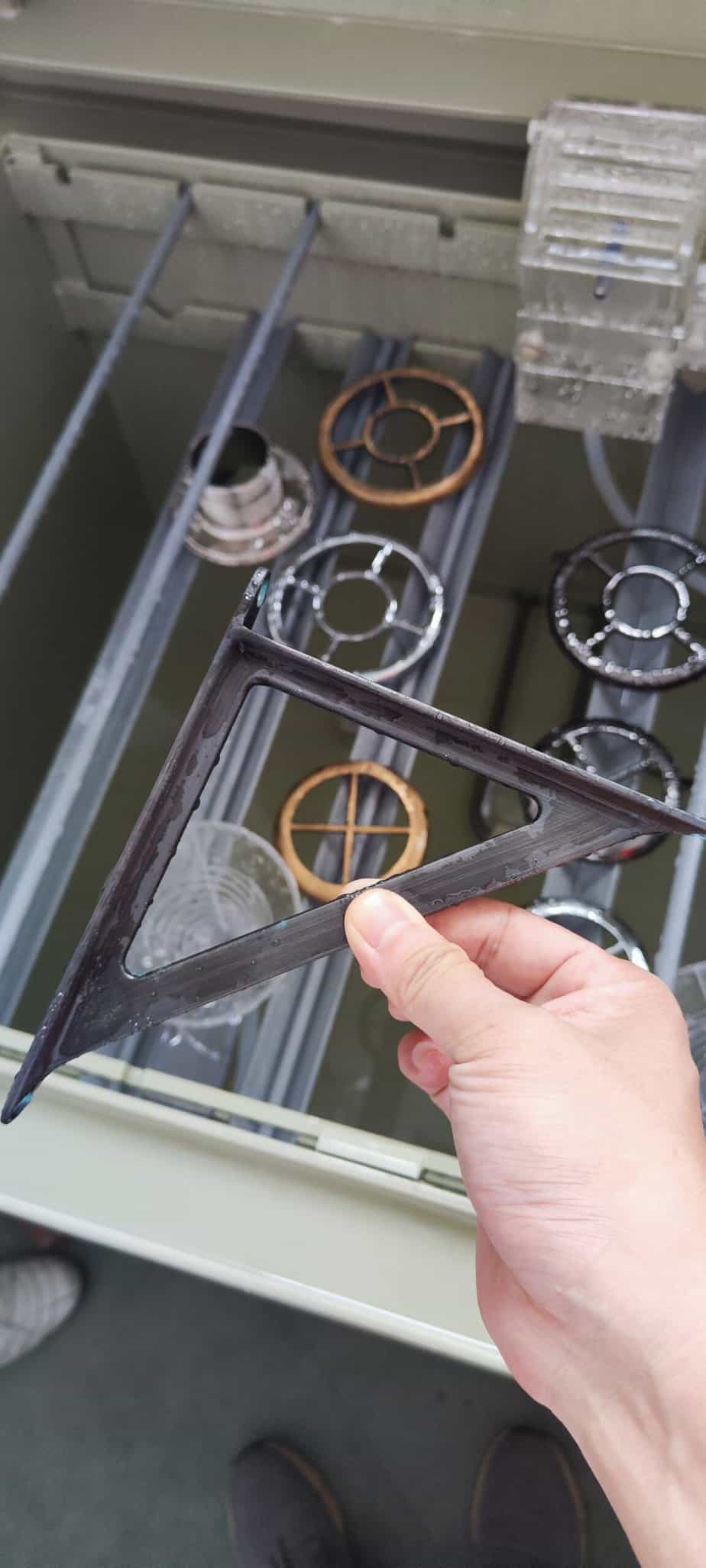Amidst the myriad of mechanical components that ensure the seamless operations of industrial systems, ball valves play a quintessential role. They control the flow of fluids, maintaining harmony in pipelines and machinery. But what ensures the robustness of these valves? How do professionals ascertain the readiness and reliability of these mechanical gatekeepers? The answer reverberates through the echelons of quality control – Hydraulic Testing. This article unfolds the narrative of hydraulic test instructions for ball valves, unraveling the nuances that ensure operational excellence.
Hydraulic tests, specifically tailored for ball valves, provide a concrete data-backed insight into their operational robustness. This testing paradigm, in essence, underscores the safety, durability, and reliability attributes of ball valves, showcasing their readiness to tackle real-world operational challenges.
In the modern industrial realm, ensuring mechanical equipment’s operational efficacy and safety is crucial. Especially when it comes to Ball Valves, which play a pivotal role in controlling the flow and pressure within pipelines.
What Drives the Need for Hydraulic Testing?
Hydraulic tests are meticulously designed to evaluate ball valves under the very pressure conditions they will experience. These tests are not arbitrary but are governed by stringent industry standards.
- Leak Detection: The foremost goal is to identify any leaks that may compromise the operational integrity of the valve.
- Pressure Endurance: Testing the valve’s capacity to endure high pressures without deformation or failure is vital.
- Material Resilience: Assessing how the material withstands the pressures and flows it is designed to handle is crucial for long-term performance.
This examination goes beyond mere compliance; it’s about establishing a hallmark of reliability and operational readiness.

Unveiling the Process: How is Hydraulic Testing Conducted?
The procedure of hydraulic testing is both an art and a science. It demands precision, adherence to protocols, and an insightful analysis of the results.
- Preparation: Cleaning and proper valve assembly are the stepping stones to an accurate hydraulic test.
- Pressurization: The valve is then pressurized with a hydraulic fluid, generally water, to a specified pressure level.
- Inspection: A meticulous inspection for leaks and deformations is conducted while pressurized. Every anomaly is documented for further analysis.
- Documentation: A comprehensive documentation of the findings is paramount for quality assurance and future reference.
Standards: The Pillars of Hydraulic Testing
The protocol and guidelines for hydraulic testing are rooted in internationally recognized standards. These standards ensure a uniform, reliable approach to testing, thus ensuring the comparability and consistency of results.
- API Standards: Set by the American Petroleum Institute, these standards are the cornerstone for testing valves in the petroleum industry.
- ISO Standards: The International Standards Organization guidelines provide a global framework for valve testing, ensuring compatibility and reliability across borders.
- BS EN Standards: British European Standards, another benchmark, outlines the testing procedures for valves in the European region.
These standards are not merely about compliance but are the benchmark of quality, reliability, and operational excellence.
Delving Deeper: Advanced Insights into Hydraulic Testing
The realm of hydraulic testing is vast and embedded with advanced techniques and insights that are pivotal for ensuring the operational readiness of ball valves.
- Test Environments: Creating a controlled test environment that simulates real-world operational conditions is crucial for accurate testing.
- Advanced Instrumentation: Utilizing advanced instrumentation to monitor and document the behavior of the valve under test conditions provides insightful data for analysis.
- Custom Testing Protocols: Depending on the application, custom testing protocols might be necessary to ensure the valve is fit for its designated operation.
Understanding the intricacies and the profound impact of hydraulic testing on the reliability and performance of ball valves is crucial for industries striving for operational excellence and safety.
Each step in this rigorous regime plays a pivotal role in asserting the operational readiness of ball valves.

I – TOPIC AND RANGE OF APPLICATION
This instruction describes the procedure and equipment for the pneumatic and hydraulic test for the 490 valves to our suppliers and external service providers.
II – HISTORY OF MODIFICATIONS
| DATE | INDICE | DETAILS OF MODIFICATIONS | PAGES |
| 23/02/2015 | A | Creation | all |
III – Plan
- Equipment for the implementation
- Test process
IV – ANNEXES
| INDICE | A | |
| DATE CREATION /MODIF. | 23/02/2015 | |
| CREE OR MODIF. PAR | R. DUBROCA | RD |
| VERIFIED BY | F.FRANCES | FF |
| CREE OR MODIFY. PAR | M.VEVAUD | MV |
- Equipment for the implementation
– (1) Pneumatic test bench (Air injected underwater)
– (2) Hydraulic test bench (Water injected)
- Test process
Pneumatic air test underwater, 7 bars for 10 seconds
- The valve is opened.
Air is injected from the male or female side (bonnet side); the other side must be waterproof.
- The valve is closed.
Air is injected from the male or female side (bonnet side). The other side must be waterproof.
- Take the valve and open it.
There must be a sound at the opening (discharge of air).
This proves the excellent sealing of the valve.
Hydraulic test, 45 bars for 30 seconds
- Valve opened
Water is injected from the male or female side (bonnet side) the other side and must be waterproof.

2) Valve closed
The ball valve is tested in positions closed one after the other to check the sealing of the ball.
The valve is closed; water is injected from the male or female side (bonnet side)
Conclusion
Hydraulic testing of ball valves is far from a mundane procedure; it’s a vital endeavor that underscores these mechanical marvels’ reliability, safety, and operational readiness. It’s about instilling confidence in the stakeholders that the valves will perform optimally even under the most challenging conditions, thus paving the way for seamless operations and safeguarding against potential operational hazards.
